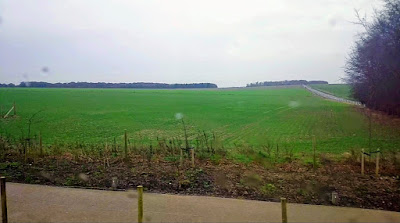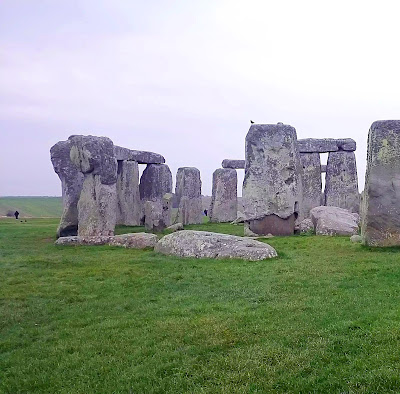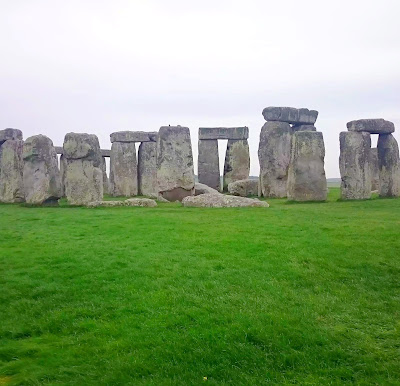The world's most famous prehistoric monument.
One of the best known Ancient Wonders of the World.
Found on England's Salisbury Plain in Wiltshire, Stonehenge is a huge man-made circle of standings stones. It is not only famous, it is known to be mysterious too.
Work on the stone circle started in the late Neolithic Age (New Stone Age, development of agriculture among prehistoric humans, from hunting and gathering to a farming lifestyle) but it took about 1000 years to build, in 4 stages. It is believed that work ended in the early Bronze Age (a period of human culture characterized by the usage of weapons and tools made of bronze).
One of the most popular beliefs was that Stonehenge was built by the Druids, high priests of the Celts, for sacrificial ceremonies or an ancient burial ground.
During Medieval times, people believed that Merlin the Wizard created Stonehenge!
However, no one knows for certain why or how Stonehenge was built.
June 21 is the summer solstice, the longest day of the year in the Northern Hemisphere. The sun will rise above Stonehenge's Heel Stone (a rough hewn stone outside the circle) and the rays will shine directly into the center of the circle. Thousands come to Stonehenge on night of June 20 and wait for dawn to cheer sunrise.
I remember riding for miles in a bus and when approaching Stonehenge, my first impression was "Is that it?" When we arrived at the visitors center, it was quite a long walk to Stonehenge. Stonehenge is roped off today preventing people from touching the stones. Nevertheless, it is a stunning sight indeed. It makes minds run wild with imagination when you are looking at the giant stones up close.
Within Stonehenge, there are 2 main types of stones. The large verticals are made of Sarsen, a type of sandstone. The smaller stones in the circle are known as Bluestones, from Wales.
The giant 3-piece arches for which Stonehenge is known are called Trilithons.
Visitors Centre









































No comments:
Post a Comment